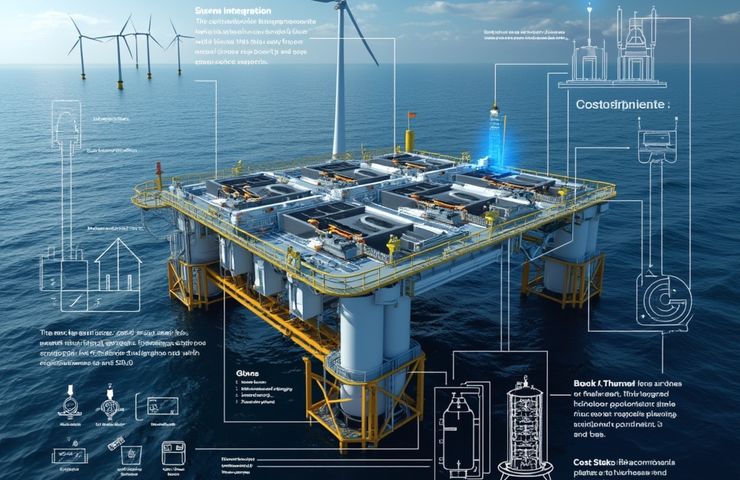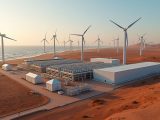
Integrated Electrolyzer Design Drives Down Offshore Hydrogen Production Costs
May 16, 2025H2SEA, Bosch Thin Metal Technologies, and TNO have wrapped up the IPOSH project, a Dutch government-supported effort under the TKI Offshore Energy Program. Finished in May 2025, this project set out to rethink how we design offshore hydrogen production systems in the North Sea—and it delivered. Instead of tackling each component separately, the team took a more holistic approach, streamlining the design of key parts like electrolyzer stacks, balance of stack (BoS), and balance of plant (BoP) all at once. The result? A solid 10–20% drop in the Levelized Cost of Hydrogen (LCOH).
First-of-its-kind offshore hydrogen design in the North Sea
This isn’t just another milestone—it’s a big step for the Netherlands. Historically known for its expertise in offshore wind and oil infrastructure, the country has now pulled off something brand new: the first large-scale application of systems-level design for producing hydrogen at sea. This breakthrough has huge implications for scaling up offshore electrolysis and plays right into the goals of the Dutch Offshore Hydrogen Strategy 2030.
Breakthroughs in durability, space, and cost
A major win came from Bosch, whose innovative thin metal stack design helped make the system more compact and robust—key factors when you’re dealing with the harsh conditions offshore. Meanwhile, TNO brought its A-game with lifecycle and operations modeling, helping to predict and fine-tune performance over time. All this contributes to solving some of the toughest challenges in offshore hydrogen—like space limitations, long-term durability, and driving down costs.
Paving the way for greener industry
At its core, this project is about pushing green hydrogen forward and giving a serious boost to industrial decarbonization in Europe. By showing what’s possible when you look at the full picture—not just one part at a time—the IPOSH project is laying the groundwork for the next wave of commercial-scale offshore hydrogen production. And from the looks of it, that wave is just getting started.



 With over 15 years of reporting hydrogen news, we are your premier source for the latest updates and insights in hydrogen and renewable energy.
With over 15 years of reporting hydrogen news, we are your premier source for the latest updates and insights in hydrogen and renewable energy.